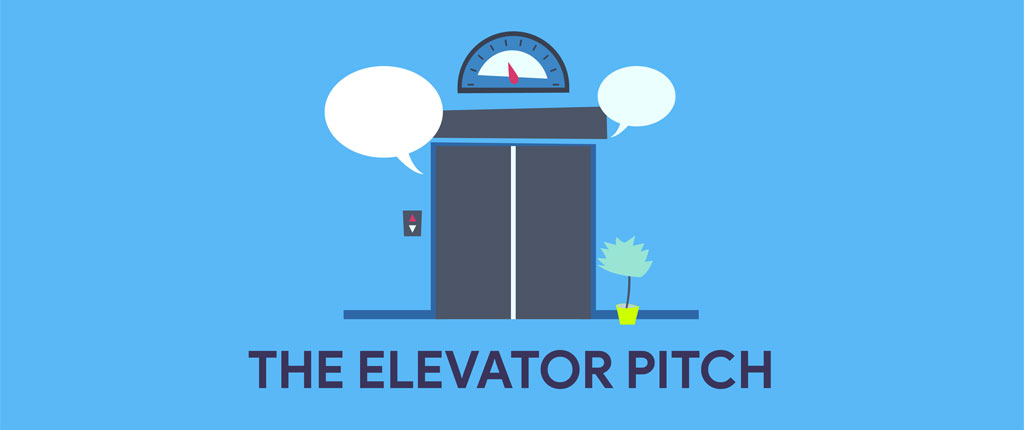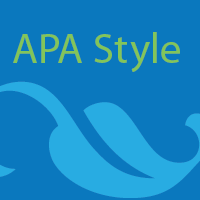Open Stats Lab: Identifying Questionnable Research Practices
Students read “Measuring the Prevalence of Questionable Research Practices With Incentives for Truth Telling“ Student respond to a series of questions asking them to define questionable research practices, how they relate to Type 1 Error, consequences, and remedies. A lab summary includes: learning objectives, background, article citation, and the response questions. You can follow Open […]
Open Stats Lab: Identifying Questionnable Research Practices Read More »



